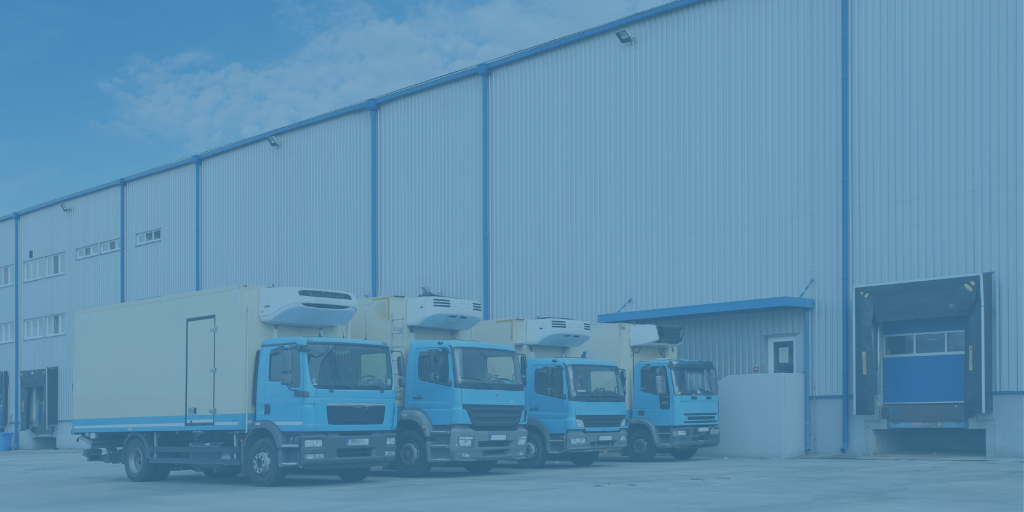Can Rate Hacking Save You Money on Carrier Fees?
With the right logistics software, you can save 5-10 minutes per shipment and up to 30% on average shipping costs. With FreightPOP, you are given a...

Shippers must leverage every available tool to boost efficiency and cut costs in response to increasingly slim margins and elevated customer expectations. One critical opportunity lies in logistics automation, which streamlines shipping workflows. Automation significantly curtails manual tasks, identifying the most cost-effective rates, lanes, and carriers. The following are key benefits for high-volume shippers.
While shipping rates are generally still above pre-pandemic levels, there’s a great deal of volatility in pricing. If you’re not carrier rate shopping daily, you’re missing significant opportunities to reduce costs.
Without automation, however, it is nearly impossible to rate shop across hundreds of carriers, lanes, and shipping options. Logistics options let you find the best rates and do it at scale to lower costs and increase efficiency and productivity.
The best logistics automation platforms will equip your cross-functional teams with a fully integrated transportation management system that lets you click into your order management, warehouse operations (WMS), and ERP systems to streamline workflow. This ensures data is always in sync and flows properly through your entire supply chain and into your accounting software.
Auto-dispatching is a powerful tool that automates shipping processes — without making you give up control over preferred routes, carriers, or pricing. A robust system will let you select parameters and enable the automation to find, book, and ship at your desired rates.
Auto dispatching can reduce the time it takes to dispatch loads by as much as 95%.
Logistics automation significantly reduces manual work, error rates, and task completion delays. At the same time, pre-set rules ensure you continuously comply with your policies, protocols, and requirements.
A solid automated system should give you vigorous shipment tracking capabilities, providing transparency into your entire supply chain ecosystem. Real-time data should always be available so you can troubleshoot issues, stay on top of inbounds/outbounds, and provide better customer experiences.
Streamlining costs and efficiency can’t come at the expense of limiting flexibility. Logistics automation pairs efficient resource allocation with flexible solutions, such as consolidating freight and parcel as part of your advanced freight logistics planning.
The right logistics automation platform should also scale quickly, allowing you to respond rapidly to seasonal demand or changes in customer behavior.
Customers today have plenty of choices. If you can’t provide them with an exceptional customer experience, you risk losing business. A recent study by PwC reported that more than a third of customers today say they stop doing business with brands and companies they love after just a single bad experience, and 92% of customers claim they will change vendors or suppliers after a second or third negative interaction.
Logistics automation enables the data flow you need to provide a better customer experience, giving instant information to customers about their shipments, deliveries, and costs.
When you combine these benefits, you quickly see how logistics automation is a significant competitive advantage. Shippers can improve speed to get the job done, reduce errors, and manage costs more efficiently.
Find other ways to automate in our new ebook: How Logistics Automation and Auto Dispatch Saves Time and Money, covering:

With the right logistics software, you can save 5-10 minutes per shipment and up to 30% on average shipping costs. With FreightPOP, you are given a...

Shippers traditionally used load boards to book truckloads (FTL, LTL, etc.), however, as APIs and digital processes become the norm, digital...

Today's customer spotlight is on a high-end furniture brand designing for online catalogs and IKEA home & storage systems. Learn how they secured a...